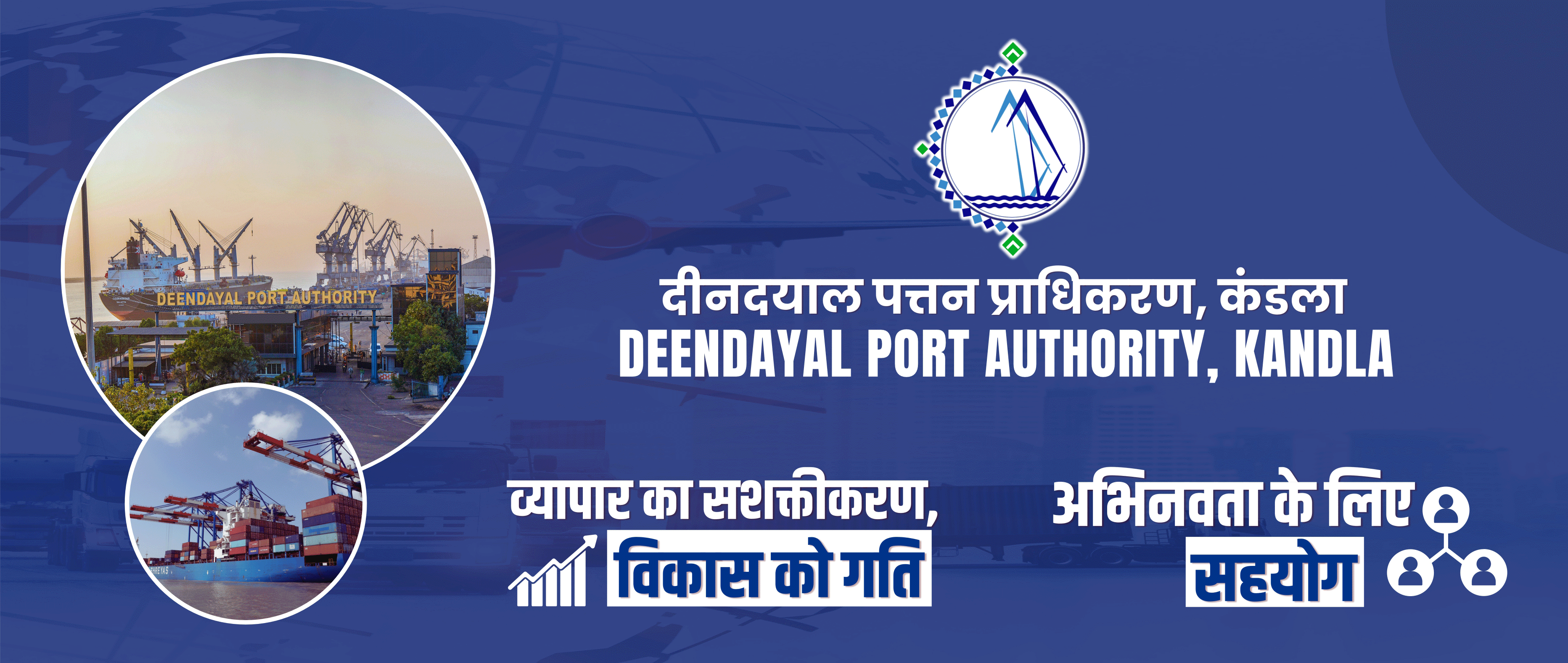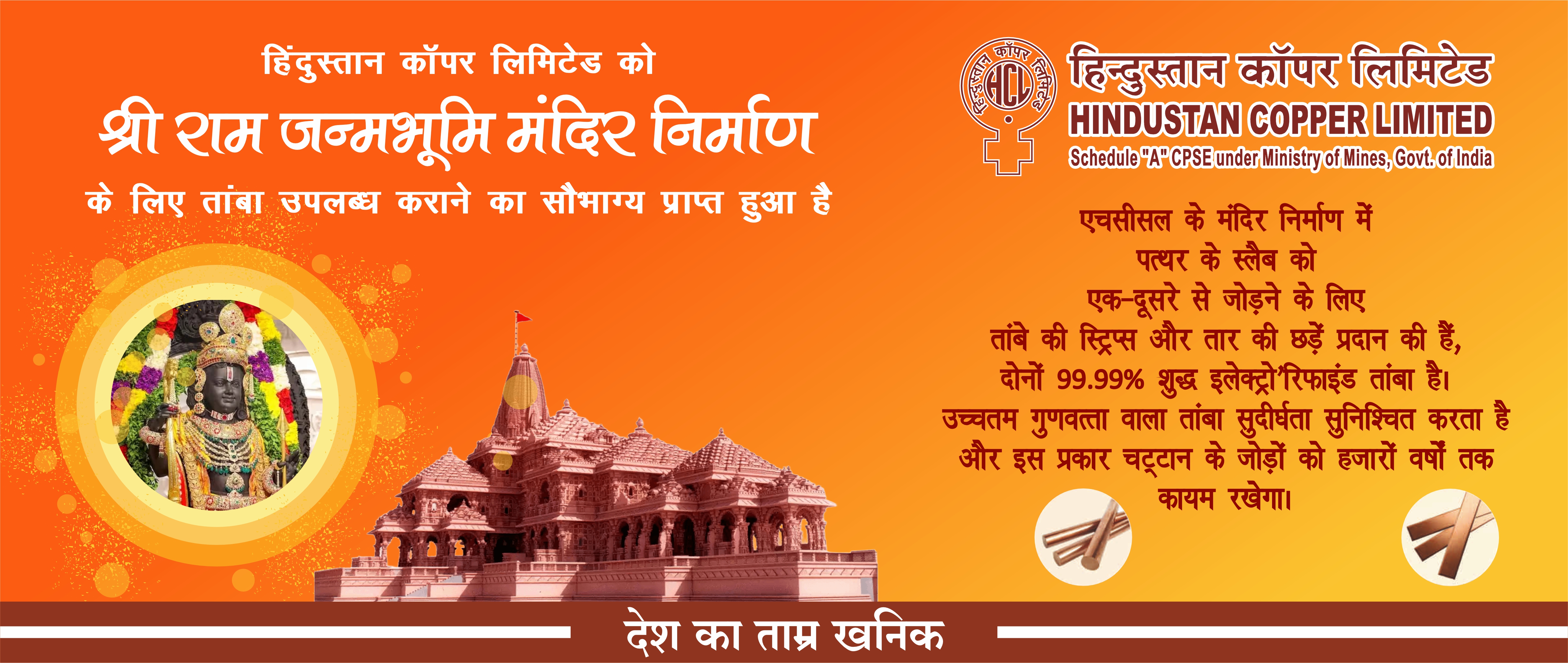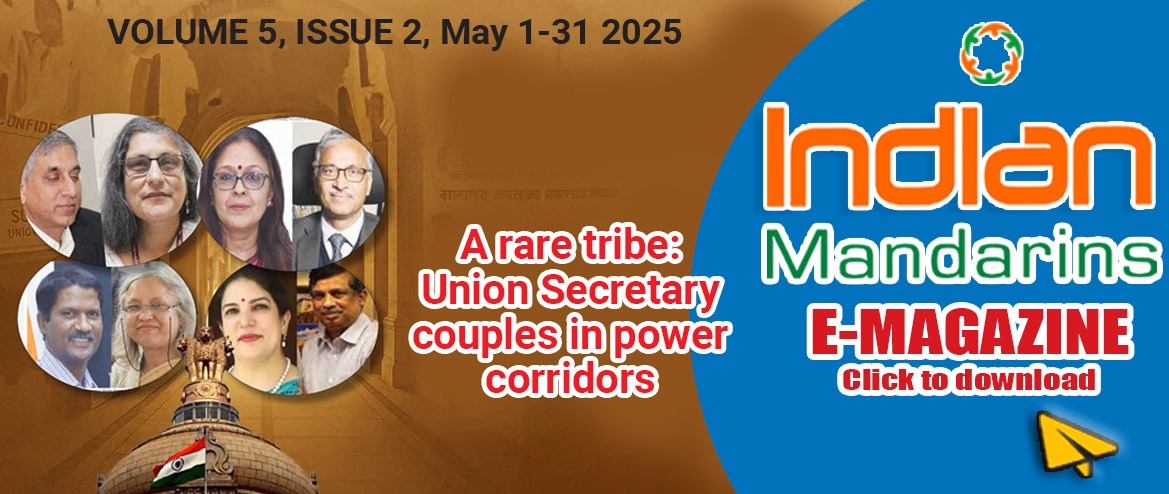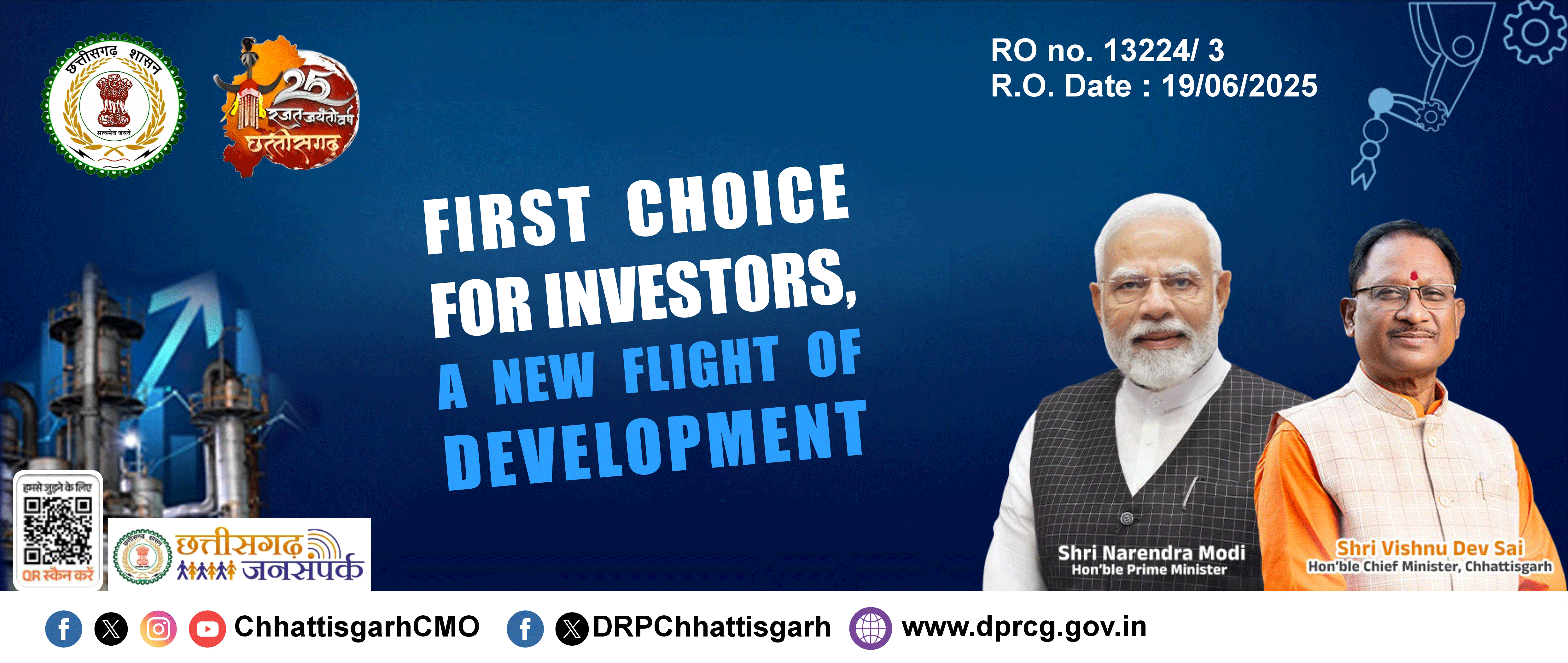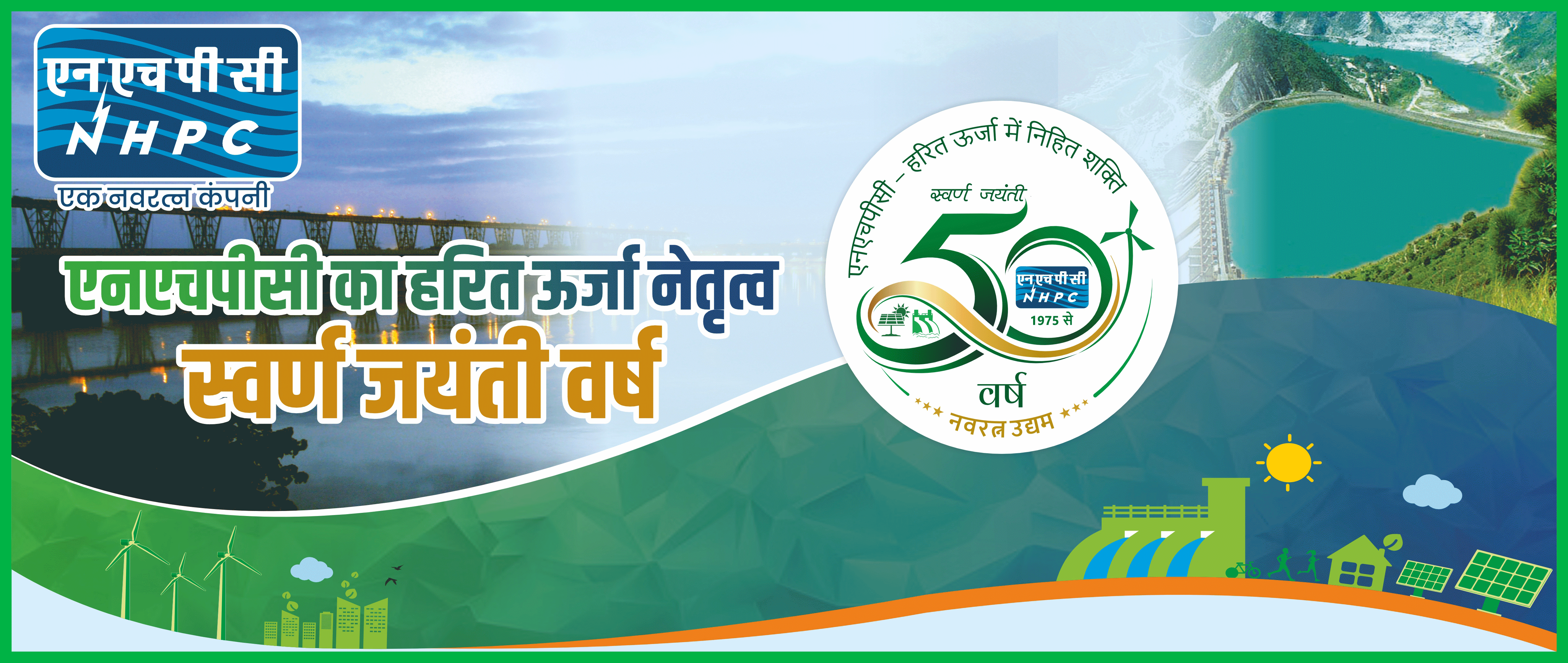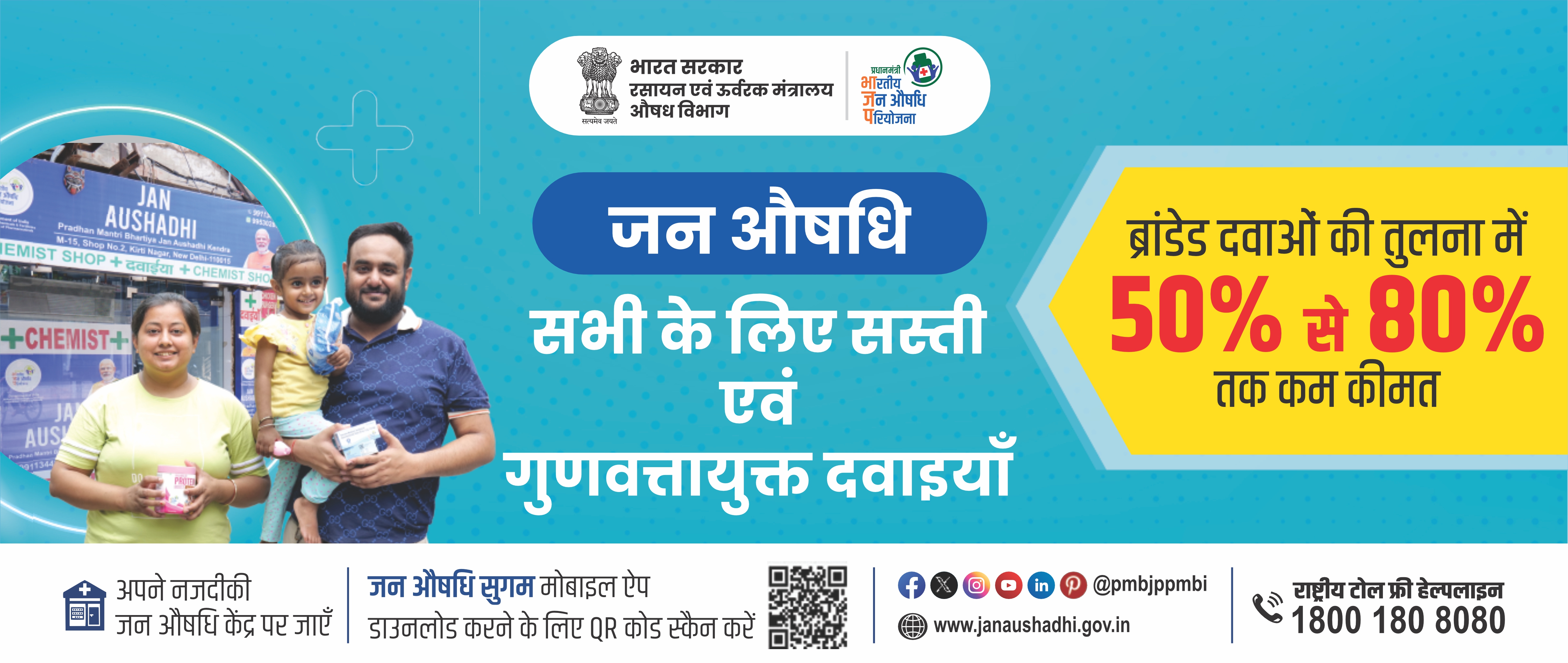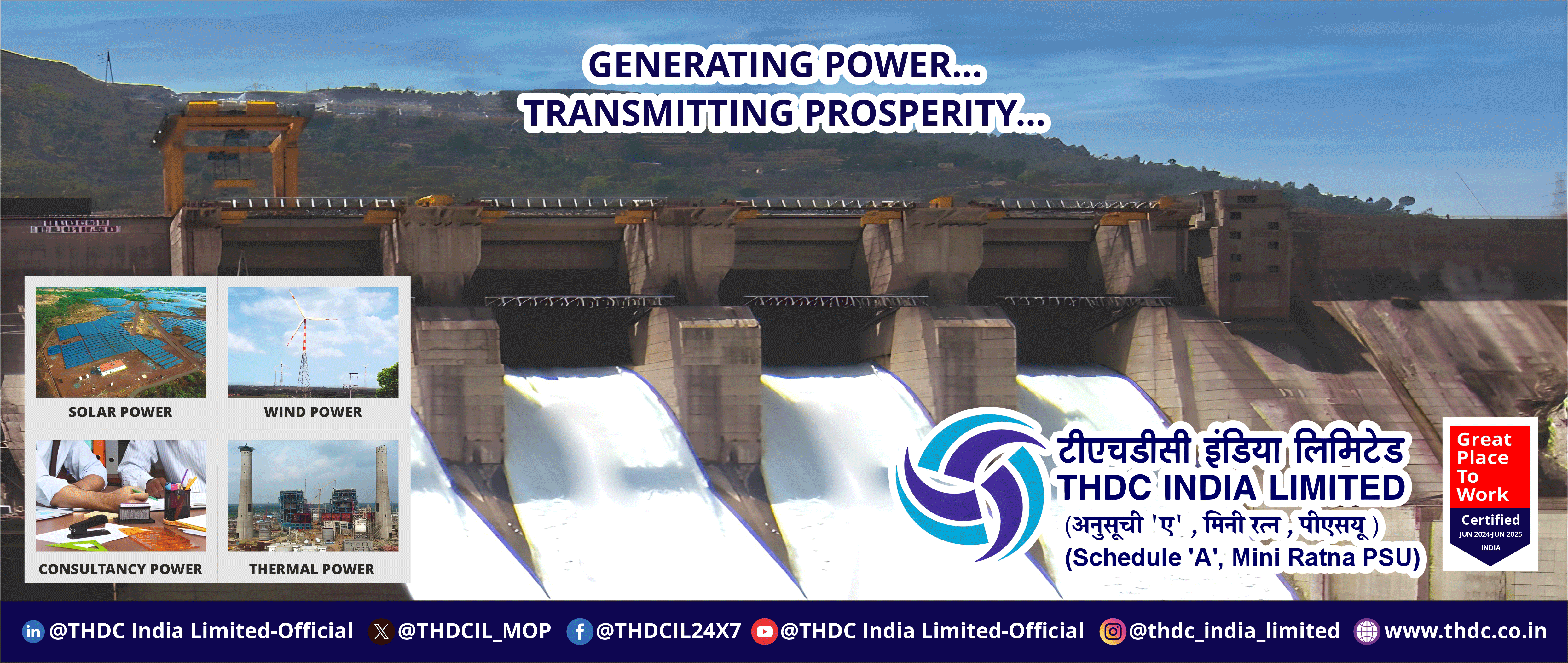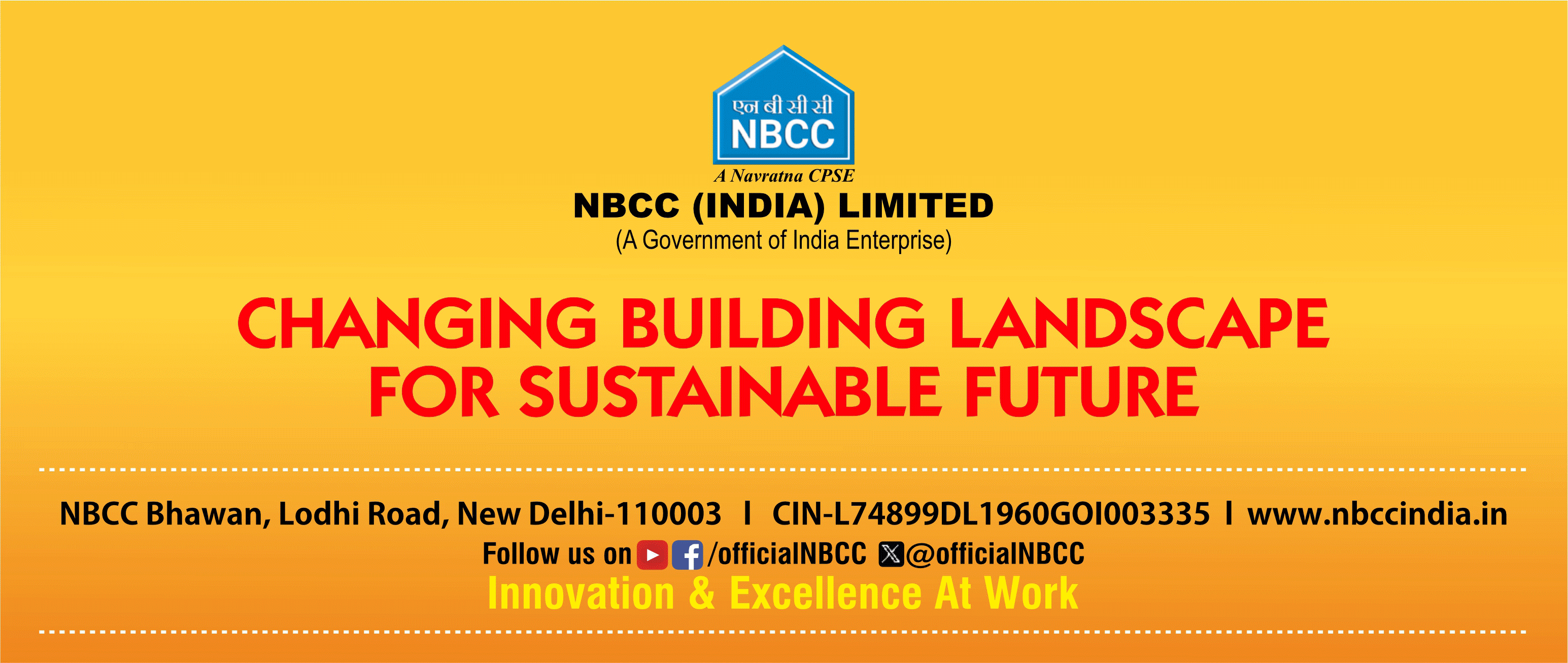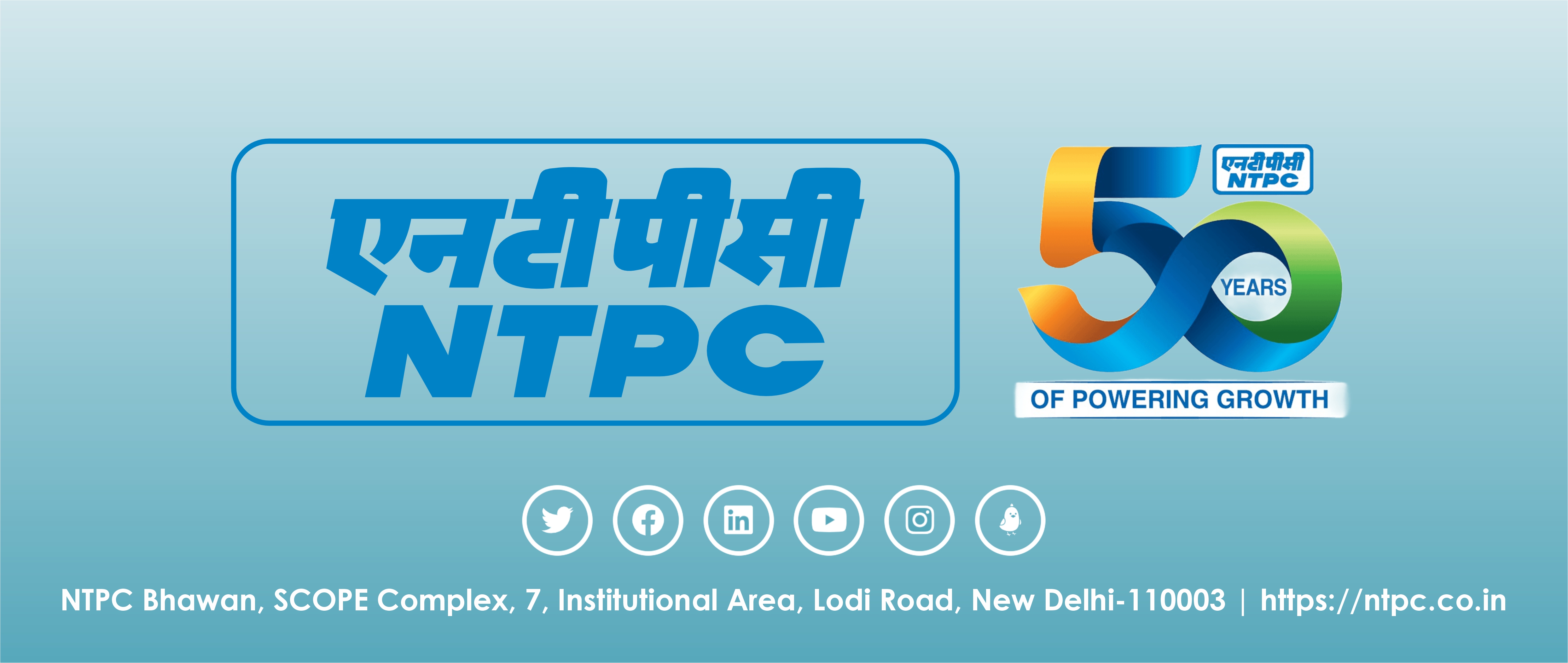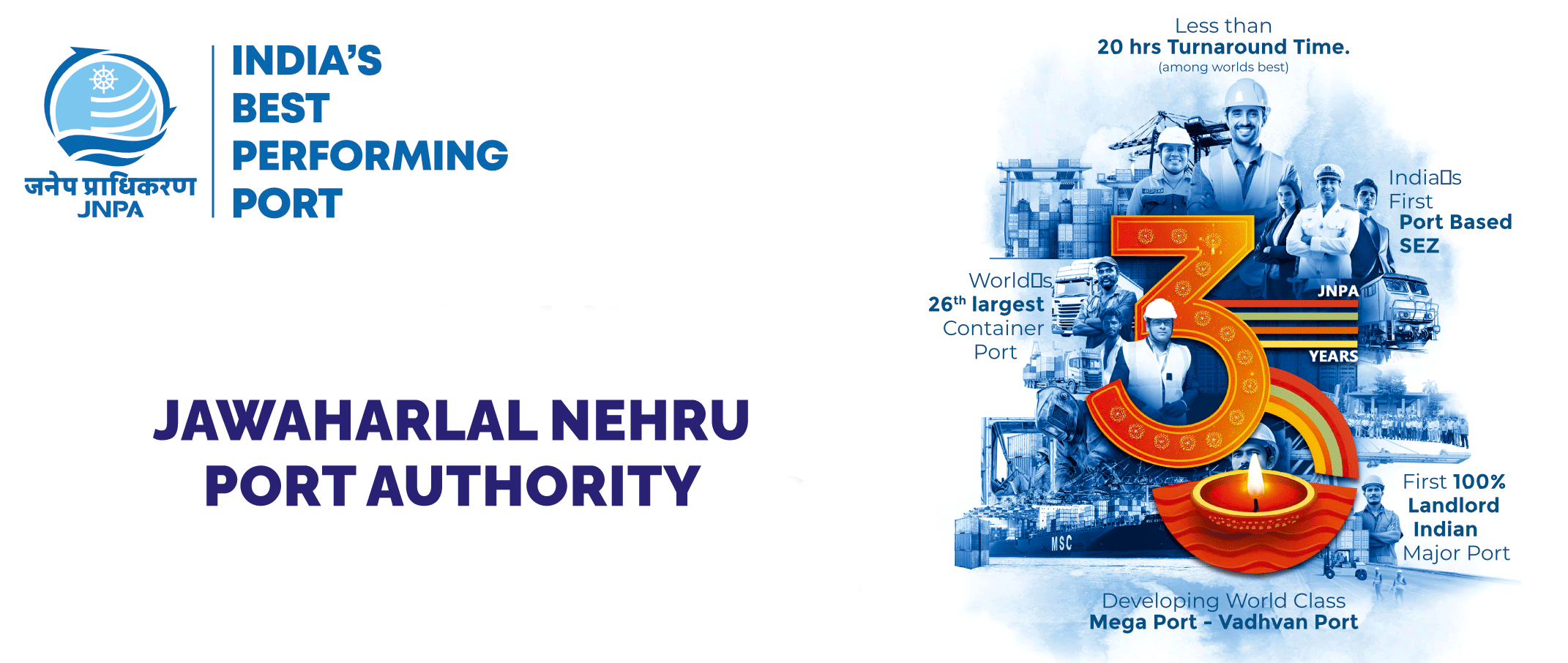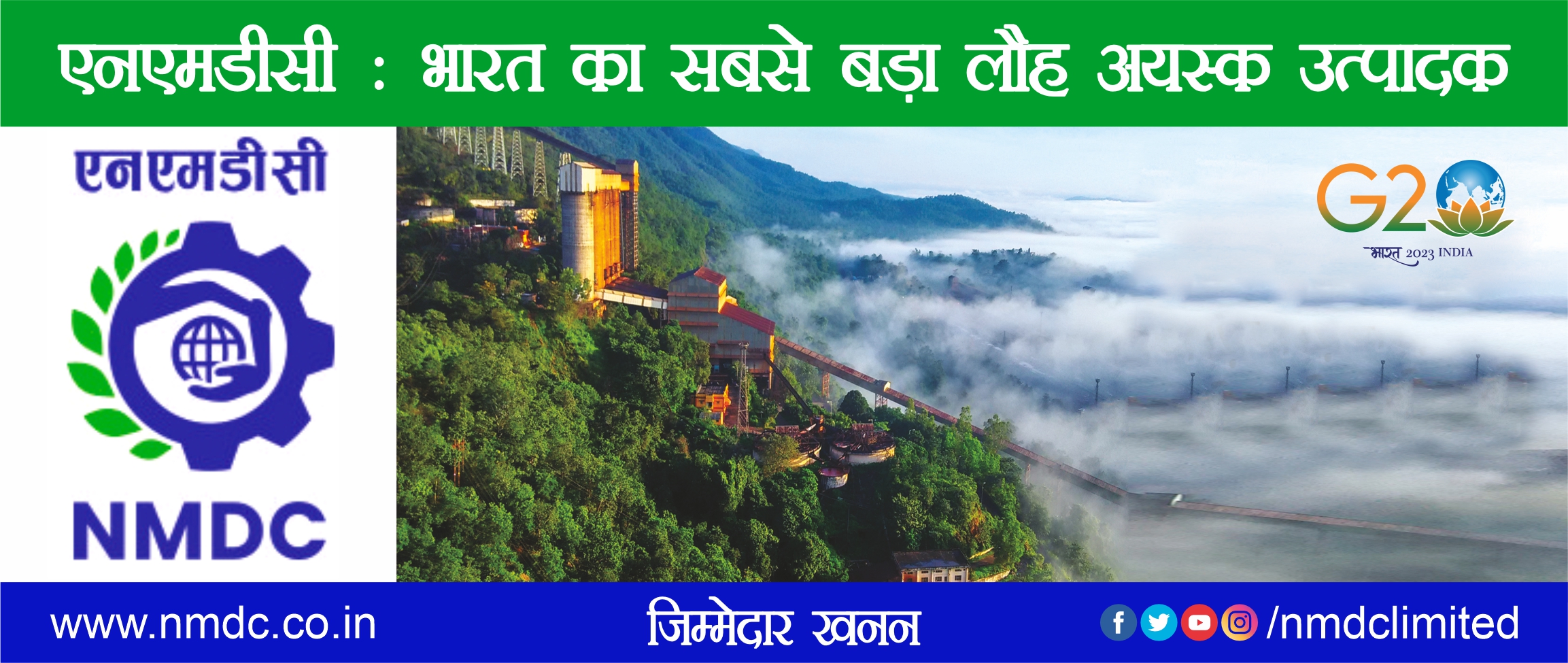TO RECIEVE EXCLUSIVE POSTS AND NEWS
TIDBITS
For all NaMo's men: Big bang solution for poverty alleviations
By IndianMandarins- 15 Nov 2018
838Economists Aasha Kapur Mehta of
the Indian Institute of Public Administration, New Delhi, Shashank Bhide of the
Chennai Institute of Development Studies, Anand Kumar of the Indian Institute
of Advanced Study, Shimla, and Amita Shah, Center for Development Alternatives
Ahmedabad, Gujarat, have edited a wonderful book on India's poverty challenges.
The foreword of the book is written by
K. L. Krishna, Former Professor and Head, Department of Economics, Delhi
School of Economics, Delhi University and Chairperson, Madras Institute of
Development Studies. The book is reviewed by Rupa
Bose, an international business consultant. Read More: Poverty, Chronic Poverty, and
Poverty Dynamics: Policy Imperatives Aasha Kapur Mehta, Shashank
Bhide, Anand Kumar, and Amita Shah, Editors Published by Springer (2018) Note by Rupa K. Bose,
International Business Consultant This collection of papers is both
essential and depressing, as a dozen academic researchers share the unpleasant
truths about poverty in India. Though these are data-dense academic papers,
clear summaries both in the introduction and at the end of each chapter make
the book accessible to lay readers. The introduction starts, “Poverty
reduction continues to be an unmet goal…†before it outlines all the times and
ways this goal has been stated – starting as far back as India’s Independence
day Aug 15, 1947, when President Rajendra Prasad explicitly stated rising above
poverty as a goal for the country. And that was just the beginning; since then,
it’s been restated many times, with more detail and rigor. The shame is that it
hasn’t happened. India has around 17% of the world’s population, but 26-30% of
the world’s poor. There’s been some reduction in poverty, but nothing
substantial enough. In some regions and social groups, there’s been little
progress. It’s difficult to pick a number
because there are so many ways of measuring poverty. But the Oxford Poverty Human Development
Initiative’s Multidimensional Index is useful, both because it looks at the “different
types of deprivations that individuals experience at the same time†and because
it allows for international comparisons. Those comparisons are not
flattering. Using data from 2011/12 for
India, 2014 for Brazil, and 2003 for Sri Lanka: India had 41.3% of its
population in poverty; Brazil had 5.3%, and Sri Lanka had 5.3%. China, the
country most often compared with India, had 12.5% in 2002 which improved to 4%
by 2014. Poverty is not necessarily
static, and some manage to escape. Others, who were scraping by, are just one
shock away from falling into poverty: a crop failure, ill-health, any
unexpected expenditure. Poverty dynamics
examines the factors involved in chronic poverty, as well as movement into and
out of “poverty†– though often both from, and to, borderline situations. The starkest form of being poor
is not having enough to eat. India’s poor face hunger and starvation, worse
when crops are bad and work is not available. Women, children, and the aged are
worst affected; so are certain geographic regions and tribal areas. The
government has instituted a number of free food programs, but few of them work
as intended. Conflict is both a cause and a
result of poverty and has, of course, a cascade of negative effects. This book
takes a long-term look at a Gandhian initiative in Mushahari, Bihar, where
economic and caste conflict had erupted in Naxalite action and violence in the
1970s. The initiative was led by the charismatic Jayaprakash Narayan, but
opposition from the central government of the time, his failing health, and finally his death
weakened his effectiveness. Later, a number of factors – including a nexus of
relatively well-off politicians, bureaucrats, rich farmers, and contractors –
have essentially destroyed the initial progress. Migration – primarily from rural
to urban areas, but also between rural areas and between urban areas – is sometimes a mechanism for coping with
poverty. Men migrate typically in hopes of finding work, and some of it is
seasonal. Interestingly, those who migrate for the long term aren’t necessarily
the most impoverished or the most wealthy, but those with middling
socio-economic situations looking for better prospects. Short-term migration,
though, does affect the poorest people. The patterns of migration are more
complex than they superficially appear, and are changing over time. The authors
end with an analysis of some policies around migration, and some
recommendations. Ill-health and poverty go
together, with poverty restricting access to nutrition and healthcare, and poor
health constraining the ability to work and the cost of what healthcare the
family can get. This book traces the links between poverty and health and
documents the grim situation with a data-rich series of tables. Over half of India’s
women and children are anemic, and a third of under-fives are malnourished. The
mortality rate for under-fives is 47.7 per 1000 live births (i.e. nearly 5% of
India’s kids die before they’re 5). In China, it’s 10.7, and in Sri Lanka, it’s
9.8. India’s maternal mortality rate is
167-174 per 100,000 live births – compared with 27 for China and 30 for Sri
Lanka. Indians have a life expectancy at birth of just over 68 years, compared
with 76 in China and 75 in Sri Lanka. There’s a lot of differences within
India. Kerala’s statistics are generally comparable to China’s, while states
like Rajasthan, Uttar Pradesh, and Odisha do relatively poorly. The government
spends barely over 1% of GDP on providing healthcare, and few Indians – urban
or rural – have medical insurance. This book evaluates some of the government
healthcare initiatives and recommends the changes that will be needed for
success. Education can be a path out of
poverty, and empowered communities are considered as a way to battle the
inadequacies of the state’s provision of schooling. India has clearly seen
gains in school attendance, and the literacy rate is now 75% (compared with 18%
soon after Independence). Still, universal education to age 14 remains a
distant goal in the context of poverty. Private schools are not the solution,
as they exclude the poorest families who cannot afford to pay, and who may
instead send their children to help earn the family’s livelihood. This book
describes India’s educational landscape with plenty of quantitative data and
makes recommendations on how to reach educational goals among the impoverished. How India might achieve three
developmental goals: ending poverty; ending hunger; and improving health? The
conclusion examines existing governmental programs, considers flaws in their
implementation, and makes recommendations for improvement. This book would be of interest to
scholars and policy-makers, but also to thoughtful lay readers. It provides
considerable data for those who wish to dig deeper than the summaries. And for
those who wish to go deeper still, the abundant references would provide the
basis for a deep study of the problems of poverty in India. Despite all the problems
outlined, this is not a defeatist tome. The analysis of existing programs, the
suggestions for implementation, all provide a vision for how things might be
done better and bring us closer to India’s Sustainable Development Goals.
Readers' Choice
Bihar Chief Secretary may get service extension 3 hours ago
Rajasthan Govt recommends halting pension of IAS officer in wheat scam case 4 hours ago
Neeraj Mandloi is new ACS to Chief Minister, IAS reshuffle includes nine officers 9 hours ago
RK Sharma takes charge as DGP 03 Jul 2025
Bihar’s Revenue Secretary may resign to contest Assembly election 03 Jul 2025
For all NaMo's men: Big bang solution for poverty alleviations
By IndianMandarins - 2018-11-15 12:04:19

Economists Aasha Kapur Mehta of
the Indian Institute of Public Administration, New Delhi, Shashank Bhide of the
Chennai Institute of Development Studies, Anand Kumar of the Indian Institute
of Advanced Study, Shimla, and Amita Shah, Center for Development Alternatives
Ahmedabad, Gujarat, have edited a wonderful book on India's poverty challenges.
The foreword of the book is written by
K. L. Krishna, Former Professor and Head, Department of Economics, Delhi
School of Economics, Delhi University and Chairperson, Madras Institute of
Development Studies.
The book is reviewed by Rupa Bose, an international business consultant. Read More:
Poverty, Chronic Poverty, and Poverty Dynamics: Policy Imperatives
Aasha Kapur Mehta, Shashank Bhide, Anand Kumar, and Amita Shah, Editors
Published by Springer (2018)
Note by Rupa K. Bose, International Business Consultant
This collection of papers is both essential and depressing, as a dozen academic researchers share the unpleasant truths about poverty in India. Though these are data-dense academic papers, clear summaries both in the introduction and at the end of each chapter make the book accessible to lay readers.
The introduction starts, “Poverty reduction continues to be an unmet goal…†before it outlines all the times and ways this goal has been stated – starting as far back as India’s Independence day Aug 15, 1947, when President Rajendra Prasad explicitly stated rising above poverty as a goal for the country. And that was just the beginning; since then, it’s been restated many times, with more detail and rigor. The shame is that it hasn’t happened. India has around 17% of the world’s population, but 26-30% of the world’s poor. There’s been some reduction in poverty, but nothing substantial enough. In some regions and social groups, there’s been little progress.
It’s difficult to pick a number because there are so many ways of measuring poverty. But the Oxford Poverty Human Development Initiative’s Multidimensional Index is useful, both because it looks at the “different types of deprivations that individuals experience at the same time†and because it allows for international comparisons. Those comparisons are not flattering. Using data from 2011/12 for India, 2014 for Brazil, and 2003 for Sri Lanka: India had 41.3% of its population in poverty; Brazil had 5.3%, and Sri Lanka had 5.3%. China, the country most often compared with India, had 12.5% in 2002 which improved to 4% by 2014.
Poverty is not necessarily static, and some manage to escape. Others, who were scraping by, are just one shock away from falling into poverty: a crop failure, ill-health, any unexpected expenditure. Poverty dynamics examines the factors involved in chronic poverty, as well as movement into and out of “poverty†– though often both from, and to, borderline situations.
The starkest form of being poor is not having enough to eat. India’s poor face hunger and starvation, worse when crops are bad and work is not available. Women, children, and the aged are worst affected; so are certain geographic regions and tribal areas. The government has instituted a number of free food programs, but few of them work as intended.
Conflict is both a cause and a result of poverty and has, of course, a cascade of negative effects. This book takes a long-term look at a Gandhian initiative in Mushahari, Bihar, where economic and caste conflict had erupted in Naxalite action and violence in the 1970s. The initiative was led by the charismatic Jayaprakash Narayan, but opposition from the central government of the time, his failing health, and finally his death weakened his effectiveness. Later, a number of factors – including a nexus of relatively well-off politicians, bureaucrats, rich farmers, and contractors – have essentially destroyed the initial progress.
Migration – primarily from rural to urban areas, but also between rural areas and between urban areas – is sometimes a mechanism for coping with poverty. Men migrate typically in hopes of finding work, and some of it is seasonal. Interestingly, those who migrate for the long term aren’t necessarily the most impoverished or the most wealthy, but those with middling socio-economic situations looking for better prospects. Short-term migration, though, does affect the poorest people. The patterns of migration are more complex than they superficially appear, and are changing over time. The authors end with an analysis of some policies around migration, and some recommendations.
Ill-health and poverty go together, with poverty restricting access to nutrition and healthcare, and poor health constraining the ability to work and the cost of what healthcare the family can get. This book traces the links between poverty and health and documents the grim situation with a data-rich series of tables. Over half of India’s women and children are anemic, and a third of under-fives are malnourished. The mortality rate for under-fives is 47.7 per 1000 live births (i.e. nearly 5% of India’s kids die before they’re 5). In China, it’s 10.7, and in Sri Lanka, it’s 9.8. India’s maternal mortality rate is 167-174 per 100,000 live births – compared with 27 for China and 30 for Sri Lanka. Indians have a life expectancy at birth of just over 68 years, compared with 76 in China and 75 in Sri Lanka. There’s a lot of differences within India. Kerala’s statistics are generally comparable to China’s, while states like Rajasthan, Uttar Pradesh, and Odisha do relatively poorly. The government spends barely over 1% of GDP on providing healthcare, and few Indians – urban or rural – have medical insurance. This book evaluates some of the government healthcare initiatives and recommends the changes that will be needed for success.
Education can be a path out of poverty, and empowered communities are considered as a way to battle the inadequacies of the state’s provision of schooling. India has clearly seen gains in school attendance, and the literacy rate is now 75% (compared with 18% soon after Independence). Still, universal education to age 14 remains a distant goal in the context of poverty. Private schools are not the solution, as they exclude the poorest families who cannot afford to pay, and who may instead send their children to help earn the family’s livelihood. This book describes India’s educational landscape with plenty of quantitative data and makes recommendations on how to reach educational goals among the impoverished.
How India might achieve three developmental goals: ending poverty; ending hunger; and improving health? The conclusion examines existing governmental programs, considers flaws in their implementation, and makes recommendations for improvement.
This book would be of interest to scholars and policy-makers, but also to thoughtful lay readers. It provides considerable data for those who wish to dig deeper than the summaries. And for those who wish to go deeper still, the abundant references would provide the basis for a deep study of the problems of poverty in India.
Despite all the problems outlined, this is not a defeatist tome. The analysis of existing programs, the suggestions for implementation, all provide a vision for how things might be done better and bring us closer to India’s Sustainable Development Goals.





